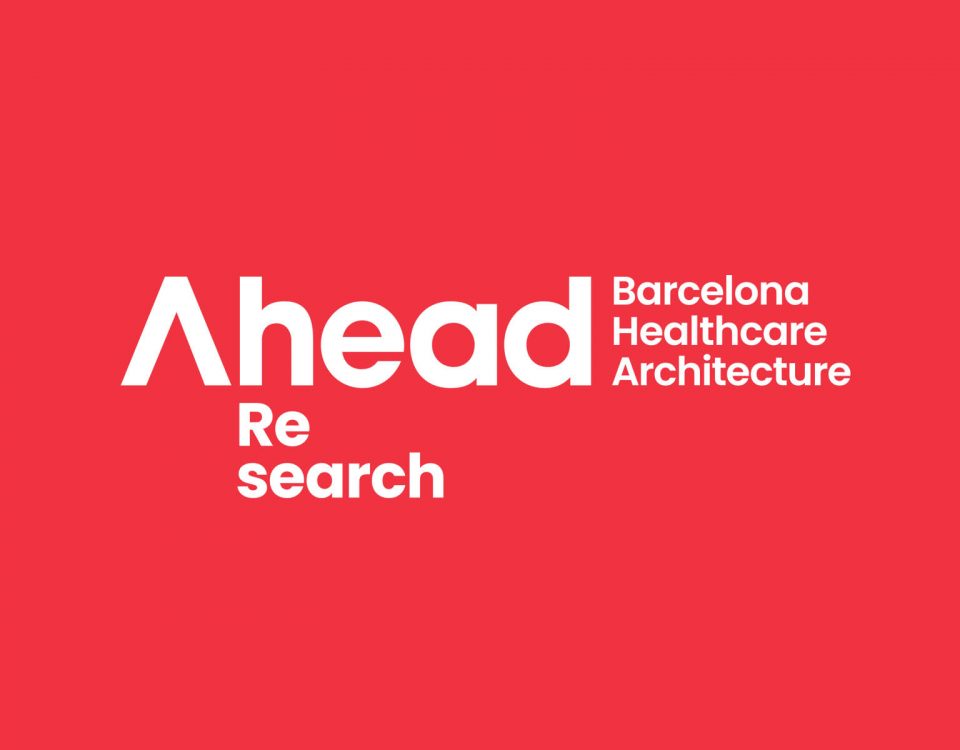B.I.M methodology– “Beyond Inefficient Modeling”
10 January, 2024Healing gardens
10 January, 2024
The need to understand the effects that architectural spaces have on living beings and their emotions invites us on this occasion to delve into the issue of visual pollution within healthcare and socio-health environments to highlight some of its significant consequences. Additionally, we will present technical solutions that we have implemented in our projects, aiming to improve not only the functionality of these spaces but also the well-being and comfort of those who traverse them.
Visual Pollution/Noise
When we speak of “visual pollution” or “visual noise,” we refer to the presence of elements created by human intervention[1] in a specific environment that hinders the correct visualization and appreciation of the surrounding space. This phenomenon arises from an excess of visual information, which can manifest in the form of graphics, architectural elements, technical and technological components, among others. When this saturation of information, disorganized and excessive, exceeds the human capacity to process and assimilate it, problems begin to arise.
In healthcare institutions, this phenomenon presents itself in various forms, creating a visually chaotic environment. From the random placement of signage, often handcrafted, to the complexity of wayfinding. It extends to the overabundance of medical equipment and furniture.
Impact on Users
Various scientific studies and academic literature[2] [3] [4] [5] [6] converge on evidence that constant and unconscious exposure to visual distractions in healthcare environments has profound and significant consequences on the mental and emotional health of admitted or treated individuals, as well as on the concentration and performance of medical staff.
Conditions of information overload and disorder cause stress and anxiety, hindering the relaxation necessary for recovery. The confusion induced by complex signage exacerbates the feeling of vulnerability, resulting in a greater negative impact on emotional well-being. Medical staff, on the other hand, experience the detrimental effects of excessive visual stimuli, hindering efficiency and quick decision-making—critical aspects in the hospital environment. Visual fatigue and increased work stress are direct consequences of constant exposure to a large number of visual stimuli, which, in turn, could influence the quality of provided medical care.
In this context, harmful emotions are generated, such as irritation, distraction, increased pain, fear, and depression, affecting not only individuals under treatment but also their families and healthcare staff. Given this scenario, it becomes necessary for healthcare and socio-health buildings to implement strategies to mitigate visual pollution, creating environments more conducive to effective medical care and emotional well-being for all involved.
Approaches to Reduce Visual Pollution
In the face of this challenge, at AHEAD Barcelona Healthcare Architecture, we have initiated initiatives aimed at designing environments that counteract the feeling of a “technical space.” The key lies in creating organized environments, with strategically planned furniture, a consciously selected color palette[7], and the implementation of comprehensive wayfinding systems that facilitate orientation[8].
Each space is meticulously adapted to the specific needs of its occupants, considering factors such as age, the presence of disabilities, and the type of care required. Tangible examples of our approach include a bedhead designed to conceal mandatory technical elements, reducing the perception of illness, and strategically placed furniture at room entrances to optimize the arrangement of hospital supplies and avoid interruptions in the circulation of healthcare personnel.
We have adopted an environmental design approach that prioritizes calm and simplicity, with soft colors, adequate lighting, and wooden textures to provide a sense of comfort. Additionally, we have considered the strategic use of digital screens, ensuring crucial information is presented clearly and concisely.
Ultimately, we have proposed that clear and direct signage is essential to prevent confusion. Easily understandable information about directions, rules, and procedures contributes to creating a more organized and less stressful environment.
Conclusion
Visual pollution emerges as a complex phenomenon, with its impacts often underestimated in our daily lives. From visual fatigue to stress and anxiety, its effects are more significant than commonly perceived. Recognizing this reality, it is imperative to address this challenge comprehensively.
We propose a response that encompasses fundamental aspects such as environmental design, technology, and communication. In this approach, the importance of prioritizing the creation of environments that foster calm and concentration is highlighted. The goal is not only to mitigate adverse effects in healthcare environments but also to enhance the healing process for both recipients of care and healthcare personnel working in these spaces. In doing so, we aspire to contribute significantly to the overall well-being of individuals and promote healthier and more balanced environments in our society.
–
–
–
References
[1] Arbohaín, C., & Garcén, L. (2001). Visual Pollution. Arqchile.cl.
[2] Correa, V. F., & Mejía, A. A. (2015). Indicators of Visual Pollution and Their Effects on the Population. Enfoque UTE, 6(3), 115-132.
[3] Tresserra, M. P. (2016). Brain Development and Risks of Overstimulation in Childhood. Aula de infantil, 25-26.
[4] Russell, V. S. (1974). Pollution: Concept and Definition. Biological Conservation, 6(3), 157-161.
[5] Kharate, S., & Banerjee, S. (2016). A Study of Visual Pollution and Its Effect on Mental Health. Innovation in IT, 3(1), 35-37.
[6] Plattenberg, R. H. (2007). Environmental Pollution: New Research. Nova Publishers.
[7] Heller, E. (2004). Color Psychology. Editorial GG.
[8] Arthur, P., & Passini, R. (1992). Wayfinding: People, Signs, and Architecture. http://worldcat.org/isbn/0075510162.




